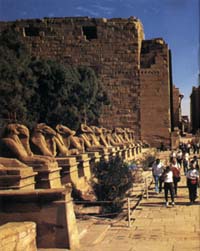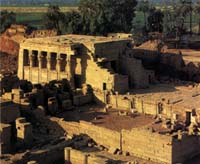The Luxor Temple, three kilometers away, was once joined to the Kamak by an avenue of ram-headed sphinxes, many of which still remain.
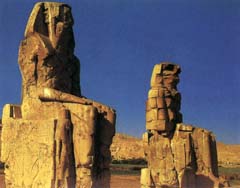
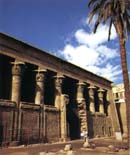 |
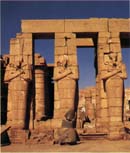 |
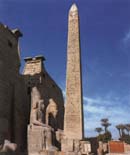 |
||
| The Luxor Museum, recently opened and displaying chosen pieces excavated in the Luxor area, is a model of the most up-to-date concepts of museum architecture and layout. | 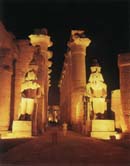 |
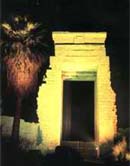 |
||
